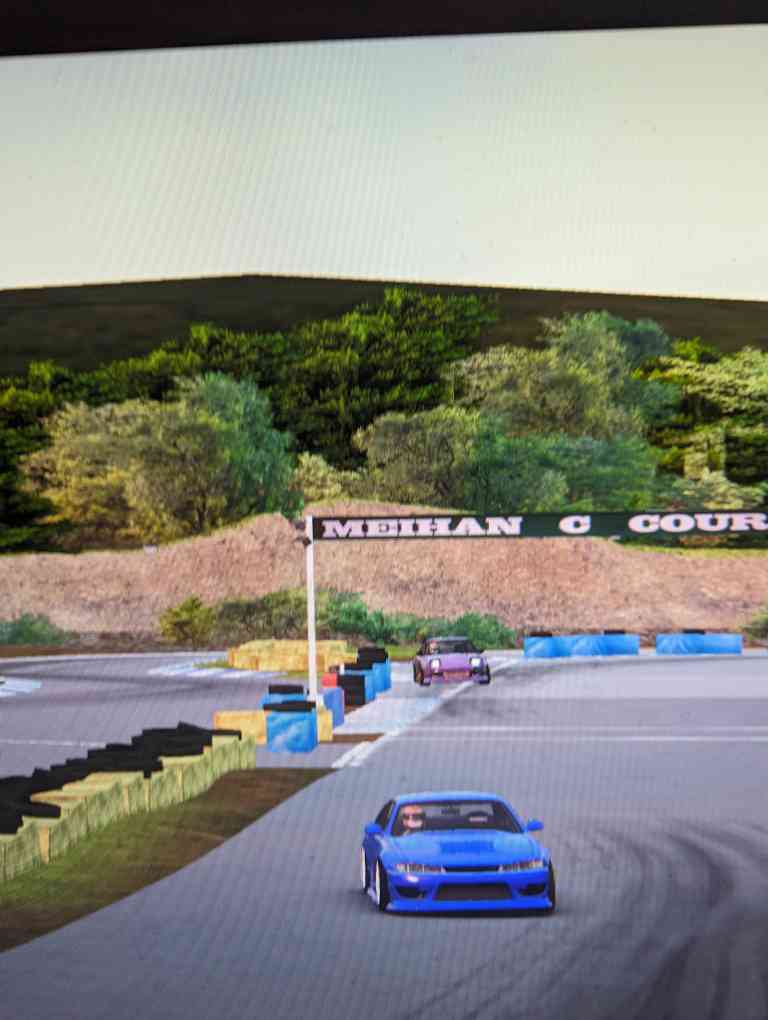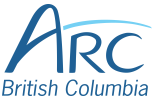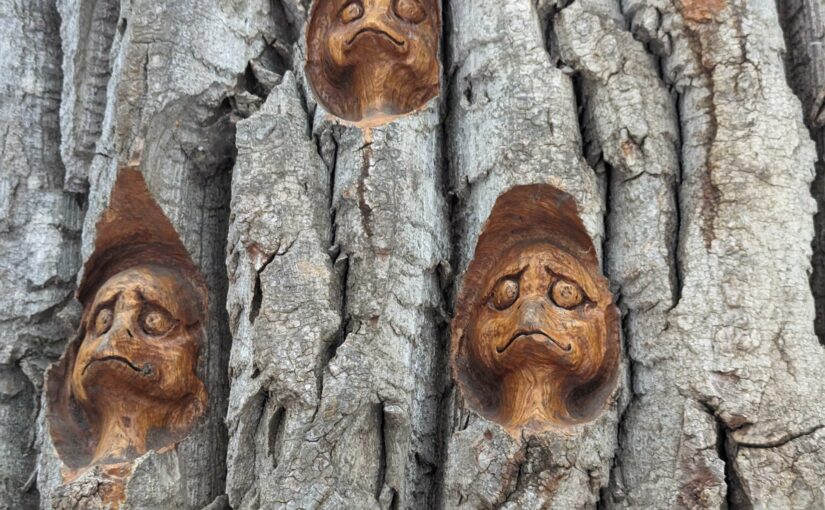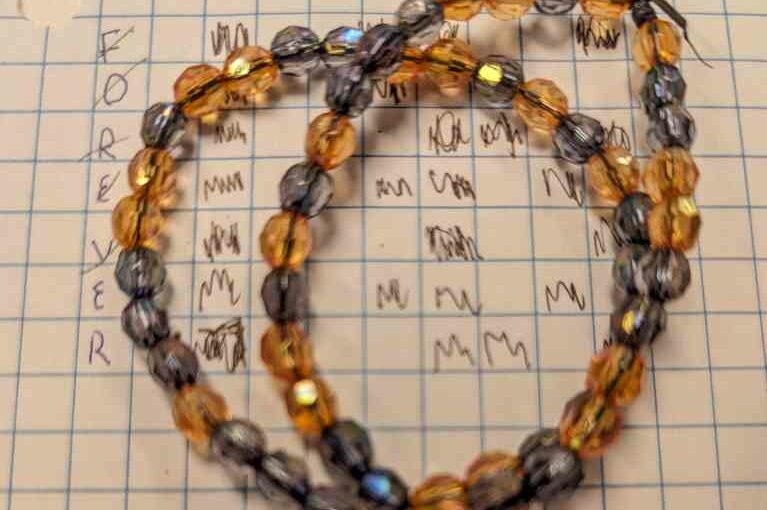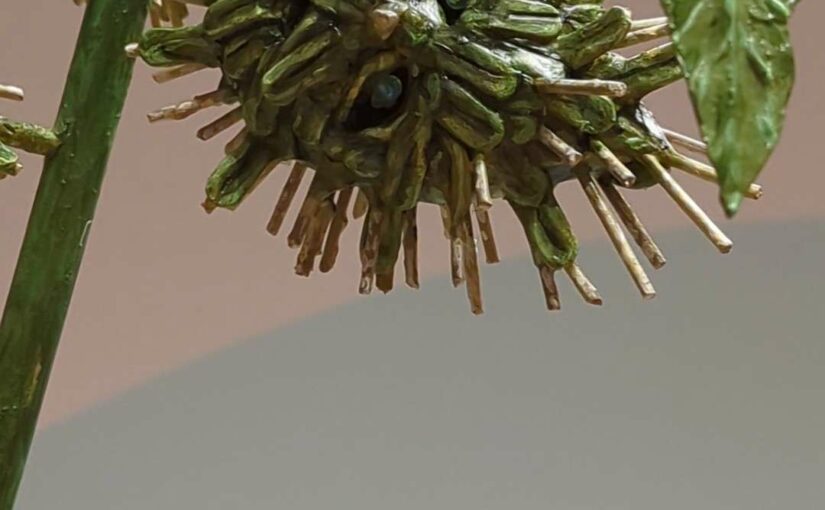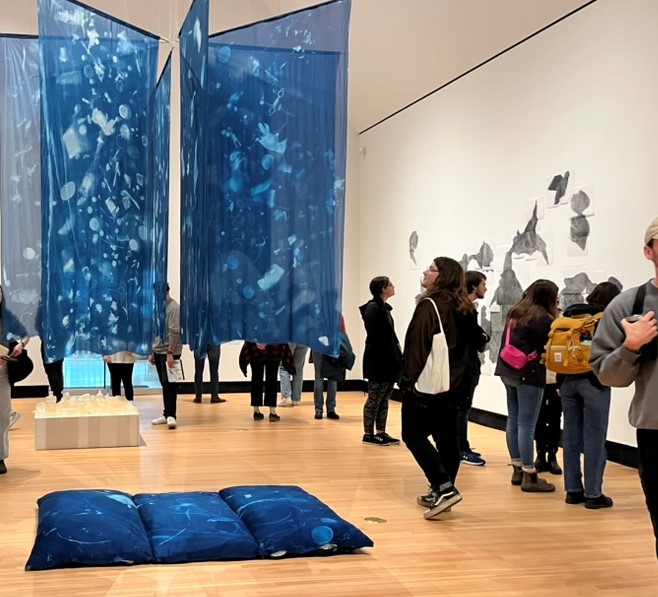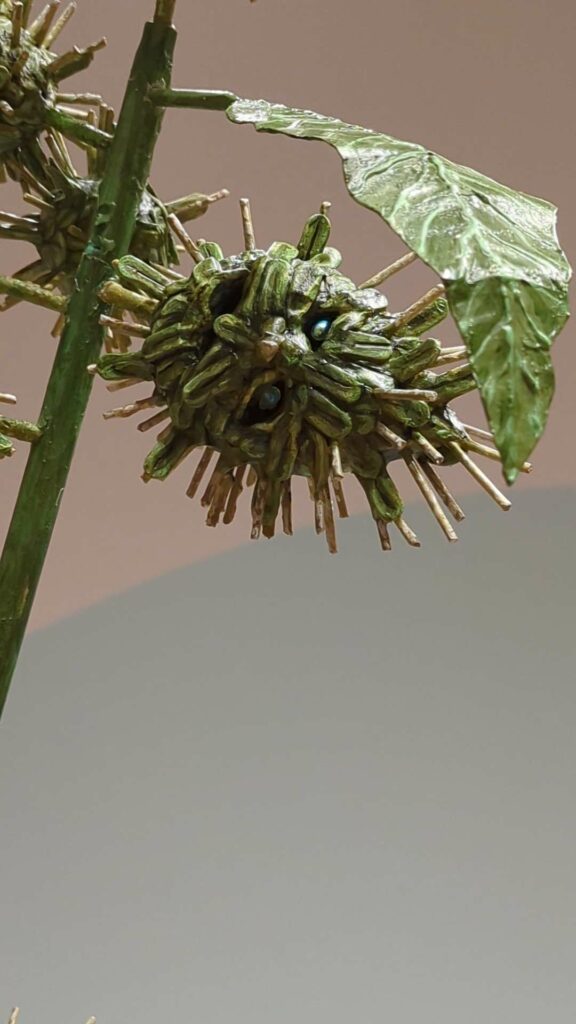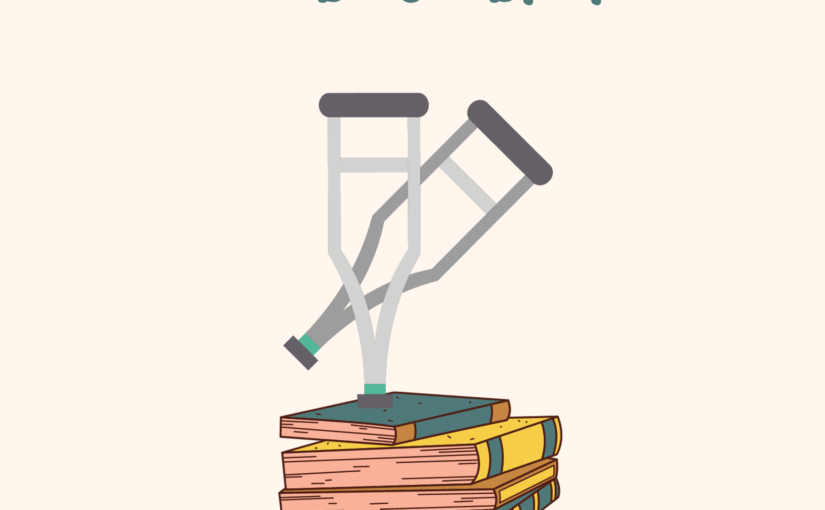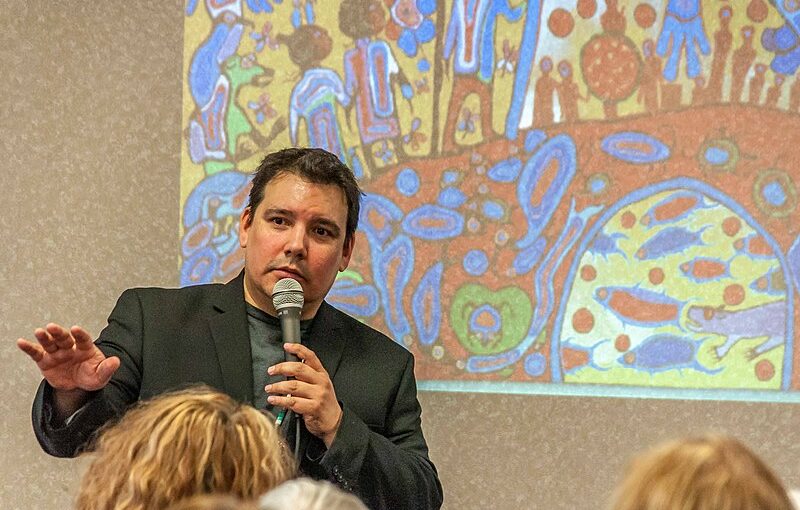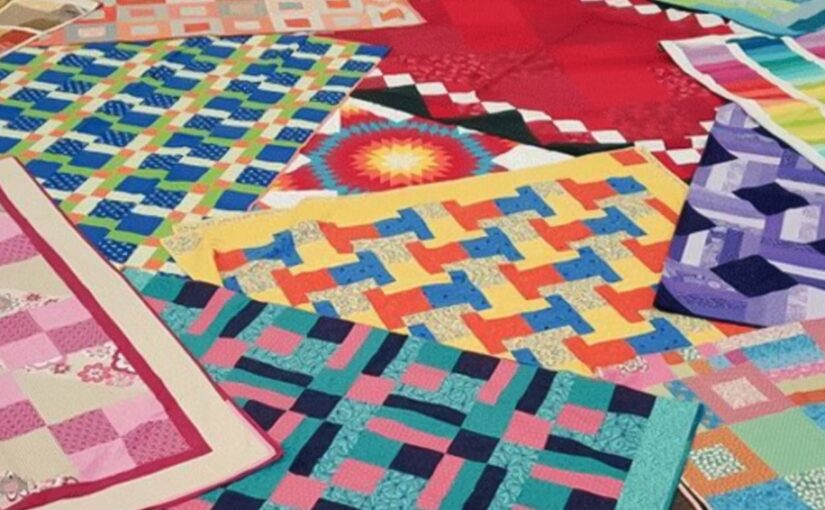One of the most exciting opportunities in block 4 was learning Dakelh with Jennifer Pidgin. She’s a well respected figure in the community of Prince George, especially for those interested in decolonizing their teaching practices. Back in block one I got to experience a few different lessons centered on truth and reconciliation. Most of these were focused around orange shirt day. It really got me thinking about how I could preload this heavy and important learning for students. In block 4 I was lucky enough to visit The Exploration Place for out 2nd language course while they were displaying the pieces created for The Spirit Bear Project.
The Spirit Bear Project created by the First Nations Child & Family Caring Society includes a film, animated episodes and children’s books all based around historic cases and Indigenous history of civil rights action in Canada. This includes everything from residential schools to Jordan’s Principle and the court cases surrounding them. It has some really great examples of child activists and ways students have made a real difference in Canada already. A lot of the content I’ve flipped through would fit perfectly with social studies curriculum among several grades and the content is presented in a way that is appropriate for primary students. The books are available as free PDF’s with connected learning guides. This project does a really great job of supporting educators. It’s content created by and informed by Indigenous Peoples and their perspectives. It helps with the concerns about talking about this dark history with young people. As an educator who isn’t indigenous, having a resource that allows me to highlight a voice other than my own is always valued. On top of everything, it’s also presented with cute bears. I’m looking forward to finding a home for this resource in my block 5 practicum.
